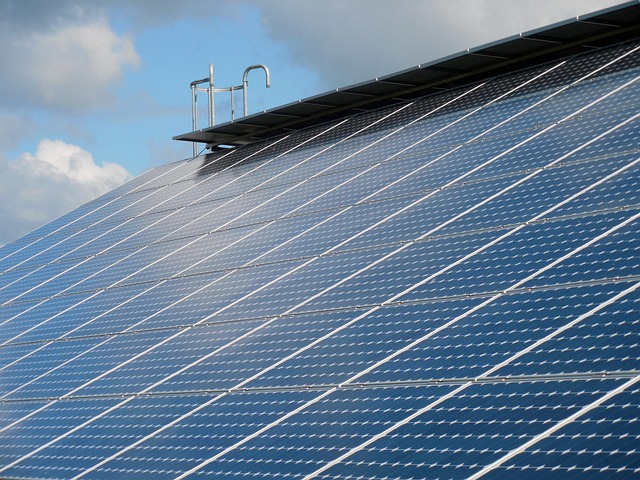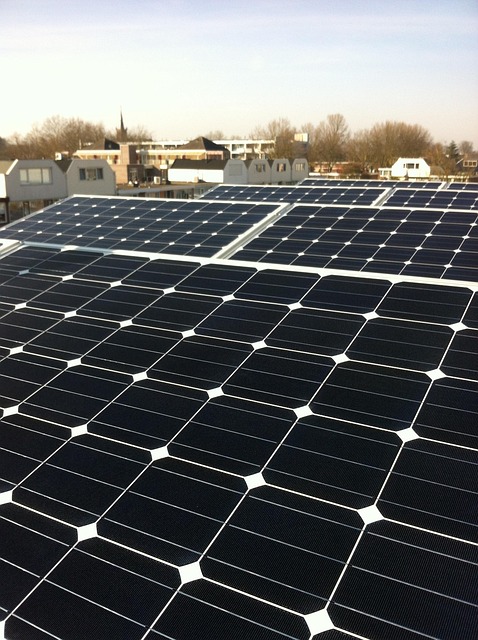How Green Energy Is Transforming Traditional Industries
In recent years, the world has witnessed a significant shift towards sustainability as the consequences of climate change become increasingly apparent. Green energy—encompassing renewable sources such as solar, wind, hydro, and geothermal—is at the forefront of this movement, reshaping not only how we produce and consume energy but also how traditional industries operate. This article explores the transformative impact of green energy across various sectors, the challenges faced, and the future potential it holds.
The Rise of Green Energy
The paradigm shift toward green energy is driven by the urgent need to reduce carbon emissions and the environmental impact associated with fossil fuel consumption. Governments, businesses, and consumers are increasingly recognizing the importance of sustainable practices in combating climate change. This shift is evidenced by the rapid expansion of renewable energy technologies, which have seen substantial investments, innovation, and market growth.
As the cost of green energy technologies continues to fall, their adoption has become more feasible for industries traditionally reliant on fossil fuels. The integration of renewable energy not only benefits the environment but also leads to economic advantages and enhances operational efficiencies. As a result, many traditional industries are beginning to embrace this transition, leading to significant transformations in operational practices, supply chain management, and product offerings.
Transformation in Key Industries
Manufacturing
The manufacturing sector has traditionally been a major consumer of energy, leading to substantial carbon emissions. However, the rise of green energy is facilitating a systemic transition towards sustainable practices. Many manufacturers are beginning to harness renewable energy sources to power their facilities, significantly reducing their carbon footprints.
For instance, solar panels are being installed in manufacturing plants to harness sunlight and convert it into electrical energy. This shift not only lowers energy costs over time but also improves energy security. Additionally, manufacturers are exploring energy-efficient technologies, such as advanced robotics and AI, which work in tandem with renewable energy systems to optimize production processes and minimize waste.
Transportation
The transportation industry is another area where green energy is making a substantial impact. Electric vehicles (EVs), powered by renewable energy sources, are becoming increasingly popular as consumers seek greener alternatives to traditional gasoline-powered cars. This transition is supported by significant advancements in battery technology, expanding the range and efficiency of EVs.
In addition to personal vehicles, public transportation systems worldwide are transitioning to electric and hybrid models, further reducing their environmental impact. Rail systems are also benefiting from green energy through electrification, allowing trains to run on renewable sources. The push for sustainable logistics and transportation solutions is reshaping supply chains, paving the way for greener, more efficient freight solutions.
Construction
The construction industry is undergoing a revolutionary change as sustainability becomes a core principle. Green building practices focus on energy-efficient designs, sustainable materials, and renewable energy integration. Techniques such as passive solar design, green roofs, and energy-efficient insulation contribute to minimizing energy consumption in buildings.
Moreover, many new construction projects are being built with on-site renewable energy systems, such as solar panels and wind turbines. This approach not only reduces reliance on external energy sources but can also lead to long-term cost savings and increased property value. Retrofitting existing buildings to meet green standards is also gaining traction, further indicating the industry’s commitment to sustainability.
Agriculture
The agricultural sector is experiencing a transformation through the integration of green energy solutions to enhance productivity and mitigate environmental impacts. Farmers are increasingly adopting renewable energy sources to power equipment, irrigation systems, and storage facilities. Solar energy, in particular, is becoming a popular option for powering rural farms.
In addition to renewable energy, vertical farming and hydroponics utilize advanced technologies that optimize resource usage, reducing water consumption and chemical fertilizer reliance. These innovations can lead to increased yields and a lower carbon footprint, demonstrating the potential for sustainability within traditional agricultural practices.
The Economic Impact of Green Energy Integration
The economic implications of green energy integration in traditional industries are profound. As organizations shift towards greener practices, they often experience long-term cost savings associated with energy efficiency. These savings can be reinvested into business growth or innovation, creating a positive feedback loop that further enhances sustainability efforts. Moreover, the increase in renewable energy jobs signifies a shift in the job market, with more opportunities becoming available in design, installation, maintenance, and management of green technologies.
The global green energy sector is projected to contribute trillions to the economy as investments in renewable sources continue to grow. Traditional industries that pivot towards sustainable strategies can position themselves favorably in an evolving marketplace, appealing to environmentally-conscious consumers and stakeholders.
Challenges to Green Energy Adoption
Despite the significant benefits, the transition to green energy is not without challenges. Many traditional industries face obstacles such as high initial investments, regulatory hurdles, and the need for workforce retraining. The capital costs associated with implementing renewable energy systems can be a deterrent for smaller businesses, although various incentives and financing options are becoming more available to ease this burden.
Regulatory frameworks also play a key role in the speed of adoption. Policies that favor traditional energy sources or lack support for renewables can impede progress. Additionally, establishing new supply chains that prioritize sustainable sourcing can be complex, particularly for industries accustomed to fossil fuel dependency.
Workforce retraining becomes essential as existing employees may need new skills to adapt to emerging technologies in green energy. Programs aimed at education and training in renewable energy systems are critical to ensure a smooth transition, bridging the gap between traditional practices and sustainable innovations.
The Future: Potential and Innovations
The future of green energy in traditional industries is promising, with continued advancements in technology and an increasing societal commitment to sustainability. Innovations in energy storage, grid management, and efficiency are shaping a new landscape where green energy becomes the norm rather than the alternative.
One promising avenue is the development of smart grids that optimize energy distribution and consumption. These grids utilize data analytics and machine learning to predict energy demands and manage resources efficiently, ensuring maximum utilization of renewable energy sources.
Furthermore, the integration of blockchain technology in energy systems could revolutionize how energy is traded and consumed. By providing transparency and facilitating peer-to-peer energy trading, blockchain solutions may empower individuals and businesses to harness and share their renewable energy resources effectively.
As climate commitments tighten globally, industries will be compelled to innovate or risk obsolescence. The value added by adopting green energy practices extends beyond compliance; it includes opportunities for branding, attracting top talent, and engaging customers who prioritize sustainability in their purchasing decisions.
Conclusion
The transition to green energy is fundamentally transforming traditional industries, driving innovations that align economic growth with environmental responsibility. As organizations adopt renewable energy solutions, the potential for cost savings, enhanced operational efficiency, and a sustainable future increases. Although challenges remain, the overarching direction is clear: to thrive in a rapidly evolving marketplace, industries must embrace green energy as not just a trend but rather a necessity for long-term success. With continued investment, innovation, and collaboration, the green energy revolution holds transformative potential for the world’s traditional sectors.



